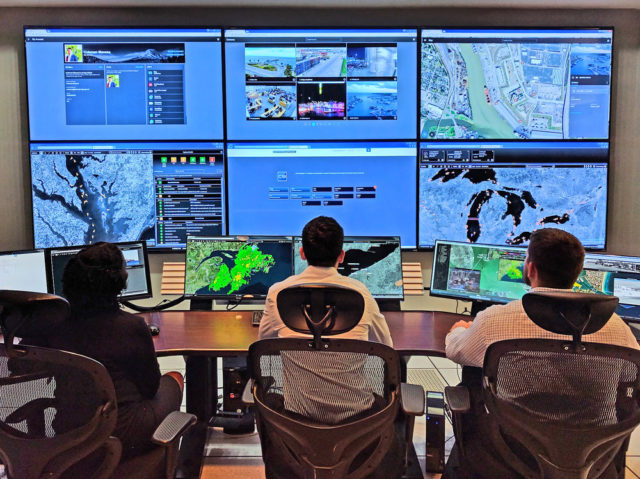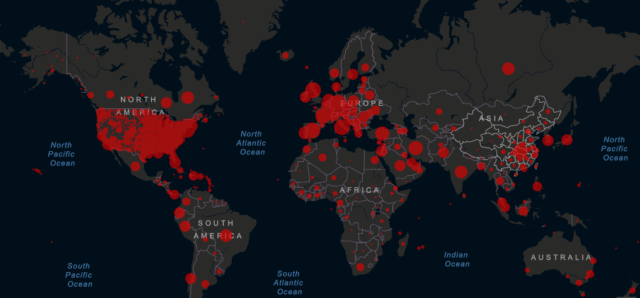In an era of content overload and information fatigue, Catalyst Technologies’ looks at where crisis paralysis comes from and how to break through to keep people and projects moving forward during critical events.
Crisis Paralysis: A Lack of Action During Critical Events
Communication overload and decision paralysis can be experienced by front-line workers and key decision makers alike. The result of multiple factors, including:

- A fear of actioning the wrong step,
- A fear of escalating an already critical event, and,
- A lack of action taken as a result of continued incoming information and limited strategic thought
This paralysis can worsen an already challenging situation. With the added pressure of knowing that stress and time-sensitive events can further weaken decision making capacities, response teams need strategies to overcome analysis paralysis to make sure they can keep moving forward.
How to Steer Clear of Crisis Paralysis
Managing a critical event is challenging enough without a backlog of undecided actions. To burst through crisis paralysis and inspire action among your team, we’ve rounded up some go-to strategies to keep your response plan moving along.
1. “Why didn’t anyone let me know?” The fear of escalating a potential concern upward to crisis management teams is one of the most common mistakes that organisations make.
Without access to a full strategic picture, site-based teams may avoid escalating an issue that can rob an organisation of the opportunity to avoid a full-blown crisis event. Providing broader line manager access to a critical event platform that proactively promotes immediate incident assessment removes subjectivity and the dilemma of having to decide if an issue is critical enough to be escalated up the line.
2. “What do we need to do NOW?“ Information overload can overwhelm response teams and distort an organisation’s response priorities, fast.

To overcome this, automated crisis response plans can focus a team to move through those critical “first steps” and establish priorities. By proactively moving teams through an impact assessment, prioritised actions are confirmed, and can assist in directly managing the impacts of the greatest threat. iluminr—a critical event management platform that monitors active threats and automates critical response steps—can guide teams through these steps and eliminate disarray
3. Recognise that decision-making bandwidth is limited. True to the Yerkes-Dodson law, there is a tipping point reached in long-term, high stress environments where performance and unfamiliar, complex tasks can only be maintained for so long.
In short, there is only so much bandwidth organisations can expect from their crisis management team. Supporting response teams to keep going with automated playbooks and action plans to gather and process information is critical. In building response team strength, the ability to manage simultaneous events as experienced in 2020 becomes more viable.
4. Keep two-way communication lines open. Front-line teams are just as likely to deal with information overload as key decision makers.
To help minimise the risk of miscommunications, crisis response teams should deliver frequent, short, and sharp messages. With an incident management tool, crisis response teams can source streamlined information and automate team communications all from one online source. To learn more on leveling up your digital communications solution to stay on top of a critical events, stay tuned for an upcoming article exploring the benefits of using synchronous and asynchronous communications during a critical event.

If your team has been struggling to manage incoming communications and faced crisis paralysis in 2020, take a step back and review the steps above. To keep your people and projects moving forward regardless of what this year may bring, leadership teams should consider opening up critical event management platforms to the broader team, providing first response training to the team beyond traditional crisis response managers, and equip their people with two-way communication tools.













